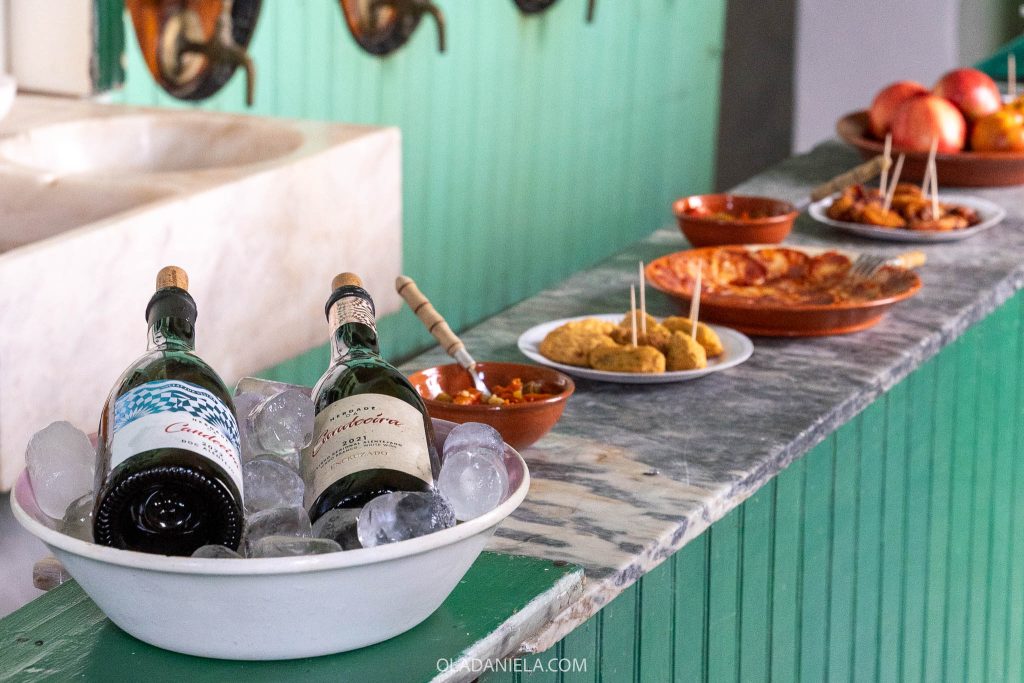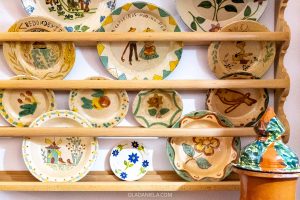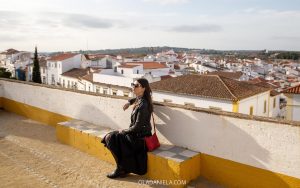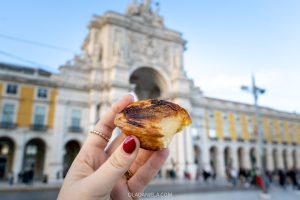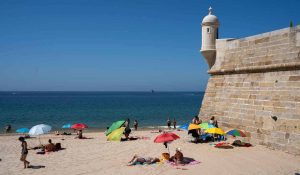Hidden tascas, endless vinho, and the soulful chorus of Cante Alentejano – was it just another Saturday afternoon in the Alentejo?
When I want to really feel the heart and soul of Portugal, I like to dash out to the Alentejo region. Here in the villages, dotted between olive groves and forests of cork oaks, you won’t find ramen bars replacing tascas, or cafés serving iced matcha specials. Instead these raw and real rural communities come together like they always have, bonding over shared heritage and an afternoon of limitless vinho.
Recently we spent the day in Redondo, a small Alentejo town with an artisanal pottery scene, historic castle, and strong wine roots. I’d found an event that gave us access to historic tascas and private adegas, usually closed to the public, with the promise of wine, snacks, and songs at each stop. It didn’t take much to convince a couple of good friends to join.
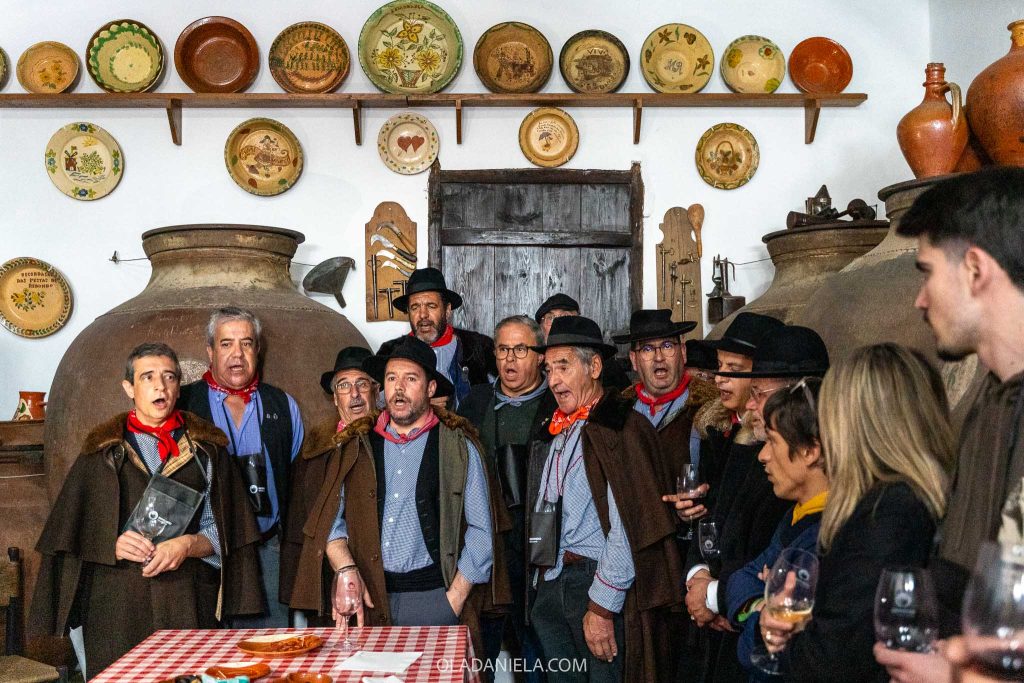
Contents
ToggleAn afternoon tavern rally, with a side of Cante Alentejano
On this particular April afternoon we were among the 100 people crawling Redondo as part of an event called A Taberna – Tascas, Castas e Cantigas. At just €20, the six-stop tasca rally with bottomless wine, plenty of petiscos (tapas) and traditional cante Alentejano was an easy sell.
I’m slightly obsessed with tascas, tabernas and historic stores, so the chance to visit usually closed private cellars and a centenary grocer sold it for me.
We gathered at the newly opened tourism office to collect our Redondo-branded wine glass and pouch. From there we set off for the first of six stops….
Read next… Explore Redondo, Portugal’s best-kept pottery secret
Redondo rally – first two stops

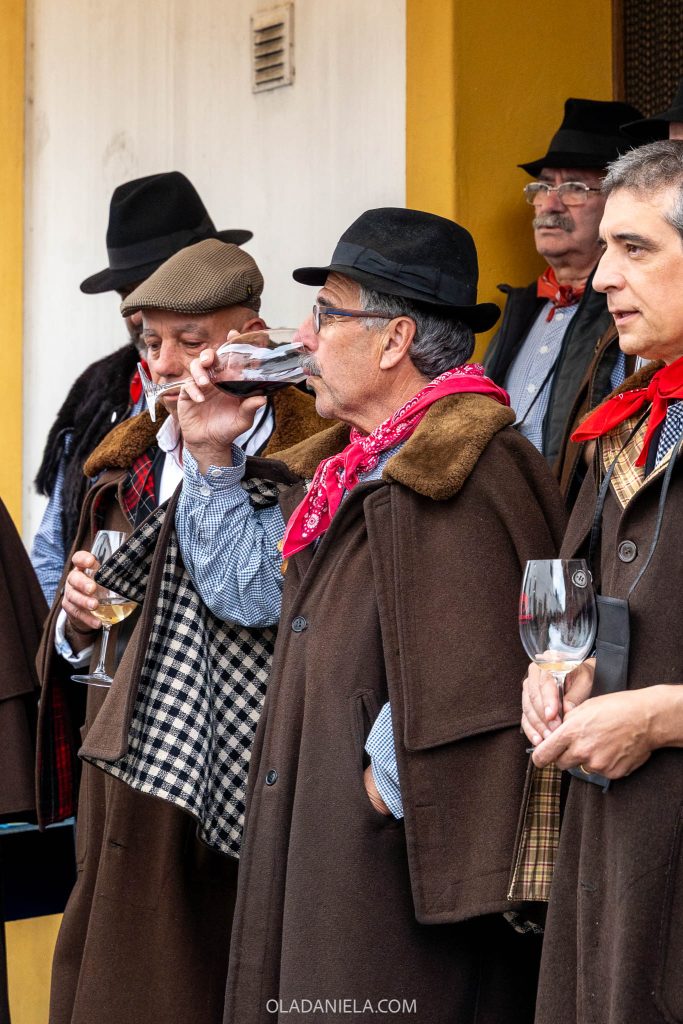
Stops one and two were a couple of regular Redondo tascas that are open to the public. The first, Taberna O Engaço is super cute inside with a vintage tiled counter and traditional details. I definitely want to return here for lunch one day.
The winemaker behind Manelicos, an organic winery whose family has been producing vinho since the 18th century. The syrah was one of my favourites of the day.
The second, O Vicente, was a regular snack bar, but they had the best spread of snacks with top-quality presunto de porco preto (prosciutto) draped over melon, toucinho (lard) with garlic on bread, pastéies de bacalhau (salted cod croquettes), olives and more.
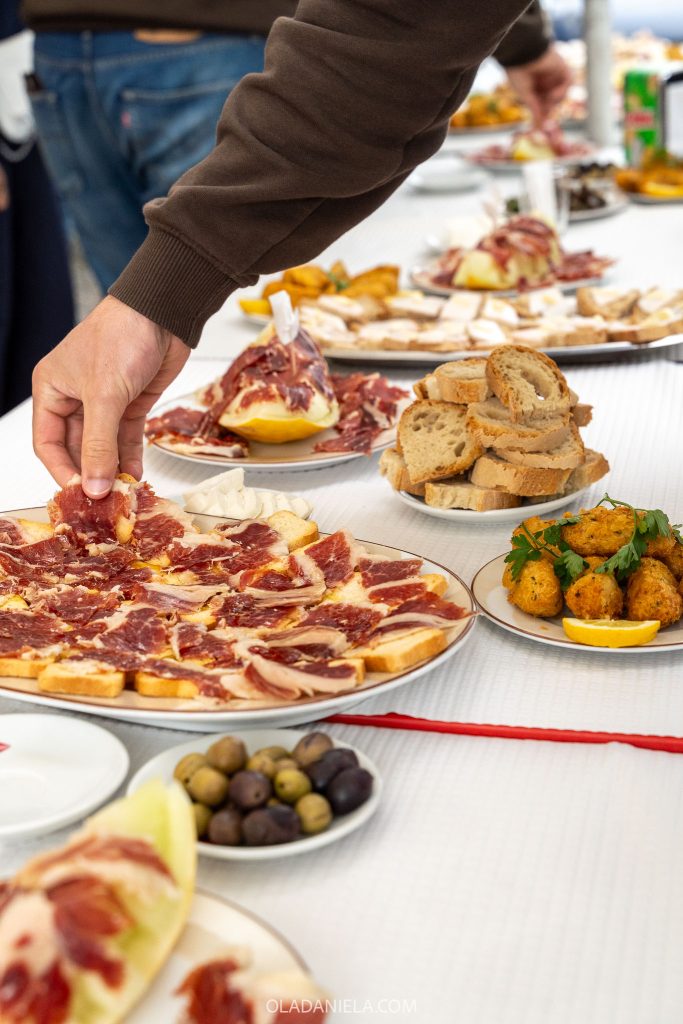
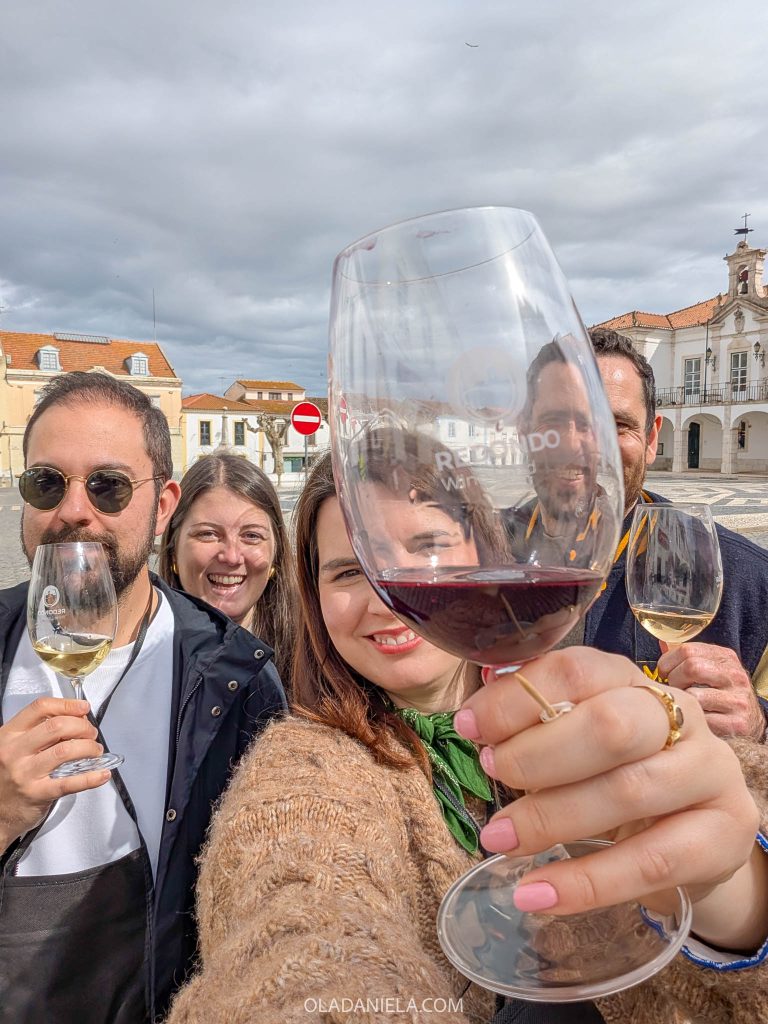
Read next… Hotel Review: A dreamy weekend at Hotel Convento de São Paulo
Hearing cante Alentejano
Cante Alentejano is a deep, powerful and traditional Alentejo style of group singing that echoes the rhythms of rural life. It’s always performed without instruments – just one voice or the chorus singing together in slow, haunting harmonies.

Among the rally were about a dozen local men, including the mayor, dressed in traditional Alentejo capotes (cloaks), boots and clothing. Our cante Alentejano chorus would gather and burst into song – singing of the land, love and hardships.
Recognised by UNESCO as intangible cultural heritage, this was a raw, real and moving way to mark the end of each stop.
Read next… 20 best things to do in Évora and 48 hours in Évora
Stop three, a private adega, filled with talhas and ceramics

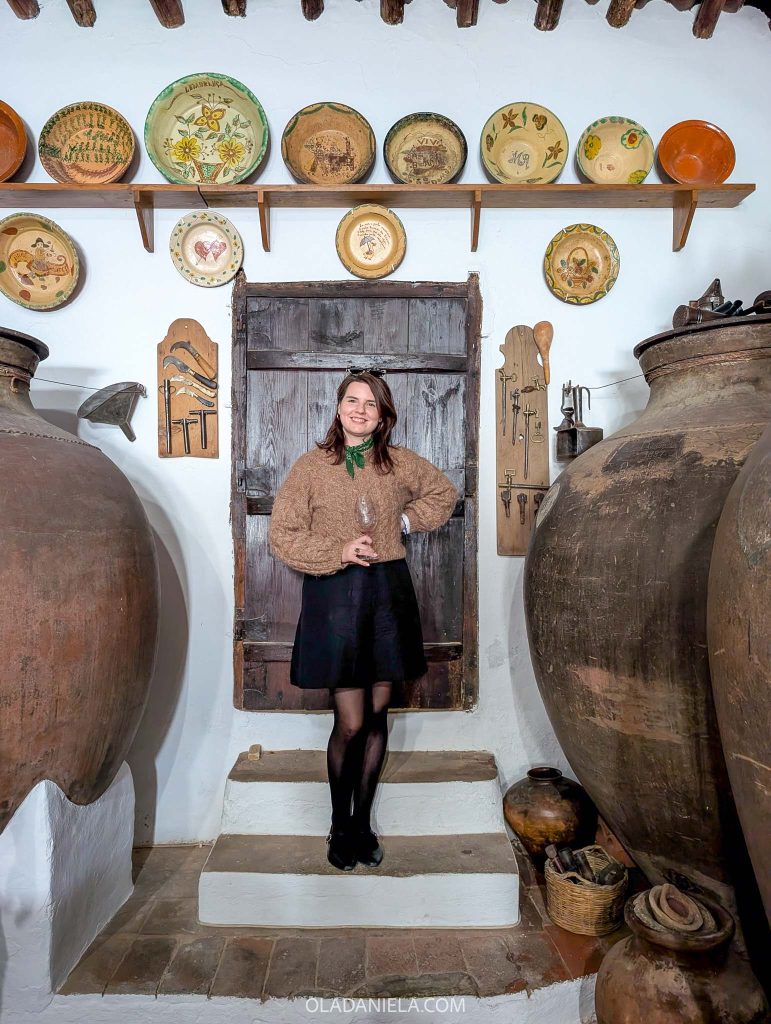
The third stop sent my jaw to the floor. We entered the inconspicuous door of a private home to find a family’s cellar filled with 14 talhas and dozens of antique terracotta Redondo plates. Down the centre was a long table covered in a red checked tablecloth where a spread of local cheese, charcuterie and salgados lay in wait.
Many wineries Portuguese wineries I’ve visited – which make a point of reviving this style of winemaking – have fewer talhas than this private cellar. These ginormous terracotta vessels have been used to age wine since Roman times in the Alentejo.

I made a short video (below!) about this day, with the main song from when we were in this cellar. Here they were pouring wines from Calhameiro, and I loved the red that blended aragonez, trincadeira and touriga nacional.
How did I, an estrangeira, find this exclusive tasca rally with bottomless wine and cante Alentejano deep in the interior? I’m on a constant hunt for cool events in Portugal, and I share loads of them in my Portugal event guides.
Plus, Redondo is part of the Serra d’Ossa wine region, which is celebrating being “cidade do vinho” (wine city) for 2025 with loads of events – look at the Instagram for what’s next.
Stop four, a closed century-old grocery store
Mercearia Fim do Mundo (End of the World Grocer) is a historic store that remains preserved behind closed doors. They were swung open for us this day to reveal old wooden shelves, a marble-topped bar and wooden barrels.
A couple of tables were set up with a spread of roasted peppers, charcuterie, croquettes and more. I really liked the wines being poured by Herdade da Candeeira here too.




By this point we’d been spotted as foreigners, which somehow made me a minor celebrity as I was introduced to the mayor, and then the deputy mayor – and then dragged off to give a (terrible) radio interview in Portuguese. (Still no word if what I said was lucid enough to go on air.)
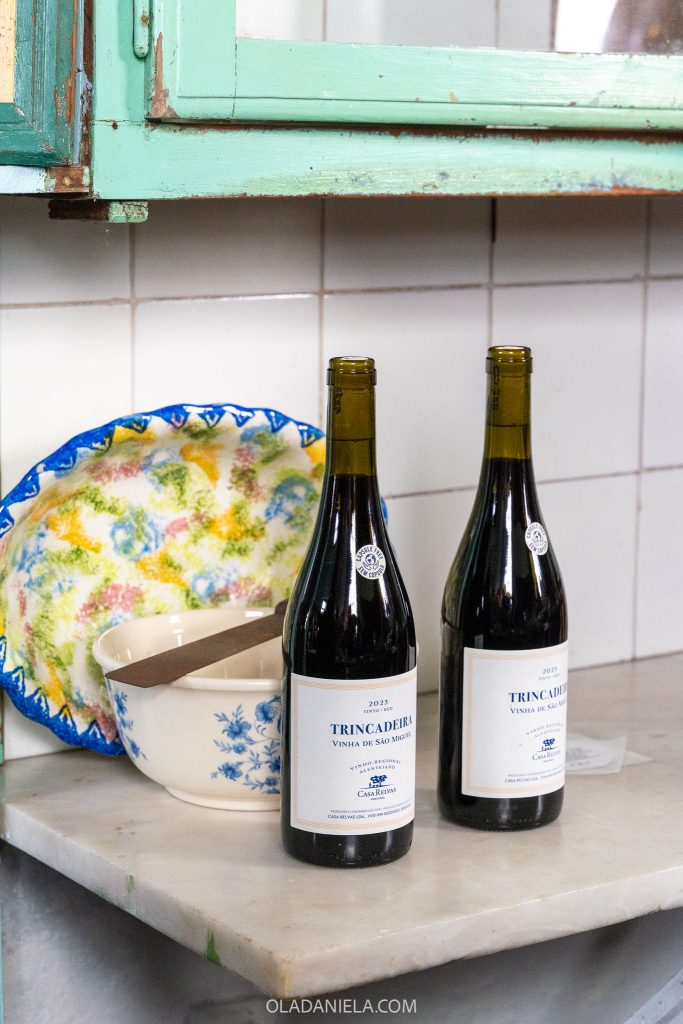
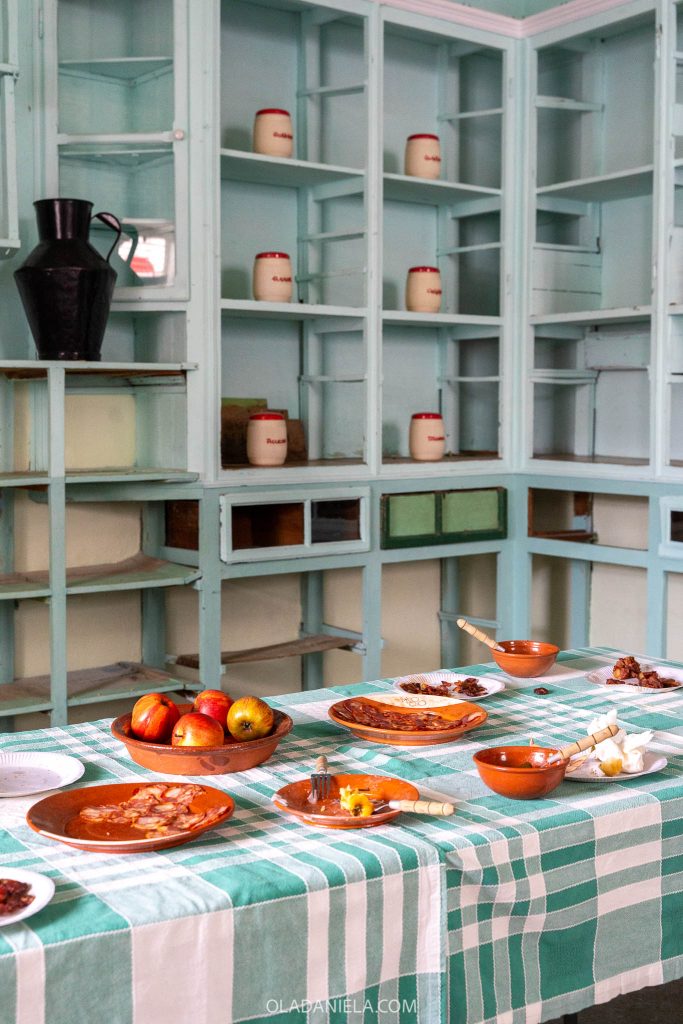


Another private cellar, filled with talhas and homemade booze
Our Rota da Tabernas took us to the private Adega Cova Funda for the fifth stop. This narrow space, lined with huge talhas on each side was more interesting than any regional museum.
Topping every talha, hanging from the cellar, and tucked around the edges were collections of historic farming equipment, baskets, ceramics, textiles and blankets. Plus a never-ending collection of homemade bagaço – a wine-based spirit held in reused jars and bottles and flavoured with whatever the friendly owner could get his hands on.
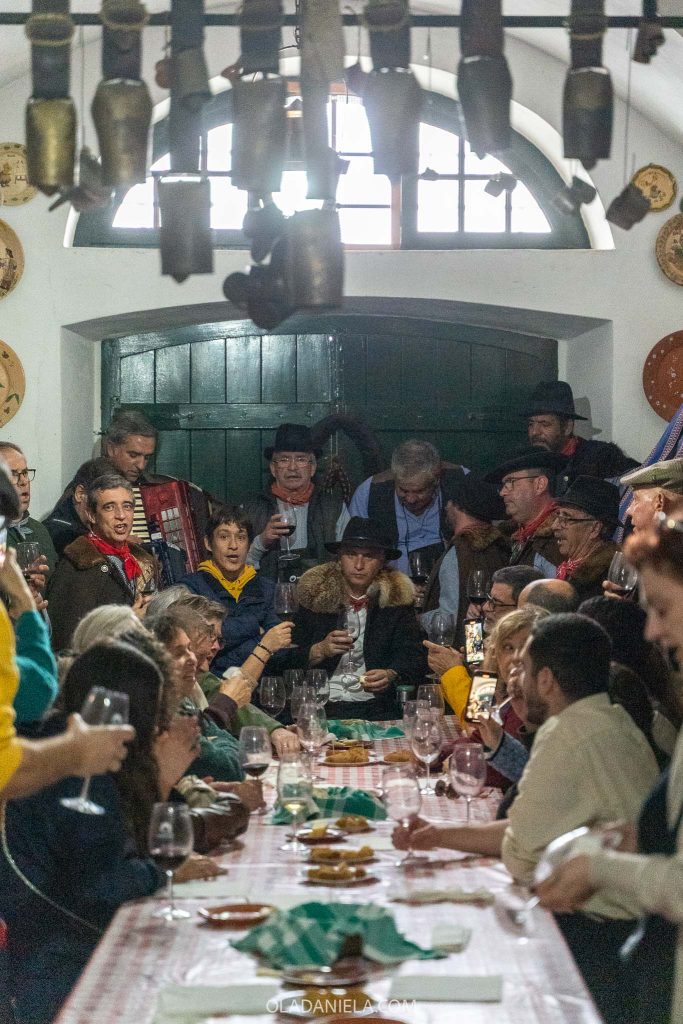

By this point, the crowd was getting pretty jolly. A couple of accordions had come out, and the music transitioned from cante Alentejano to Portuguese classics that got the people going. Soon enough everyone of all ages was singing the lyrics and swaying with the group, making it feel like a big family celebration or reunion.


Final stop, the enoteca inside the castle
Our final stop was the town’s enoteca, which is Redondo’s cultural space dedicated to wine. In this large hall within the castle walls there was enough space for us to all sit down for a light meal. Tables were spread with even more charcuterie, croquettes, scrambled eggs and bread. Plus we each had a bowl of sopa de cozido, a stew made with smoked meats, potato and cabbage.
At one end was a bar where the wines kept flowing. And once the food was done the music flowed again with extras joining the cante Alentejano group and more songs that bring people together.
It seems like you can visit the enoteca space quite easily to taste dozens of local wines from around Redondo and the Serra d’Ossa paired with cheeses and smoked sausages from the region.
Read next… Portugal’s pottery village: Why you should visit São Pedro do Corval
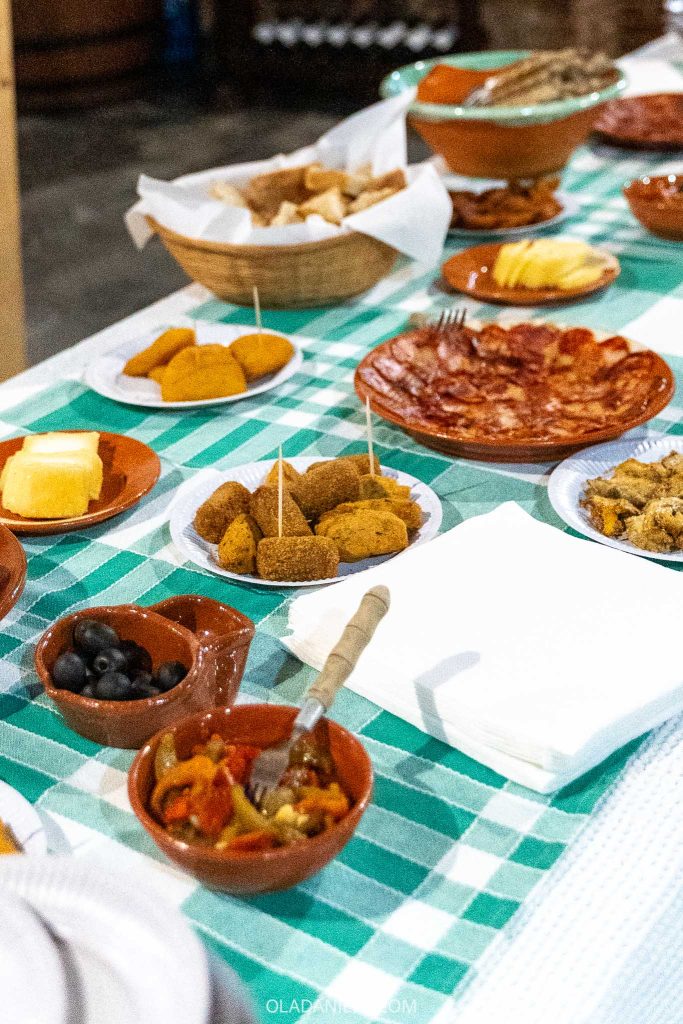
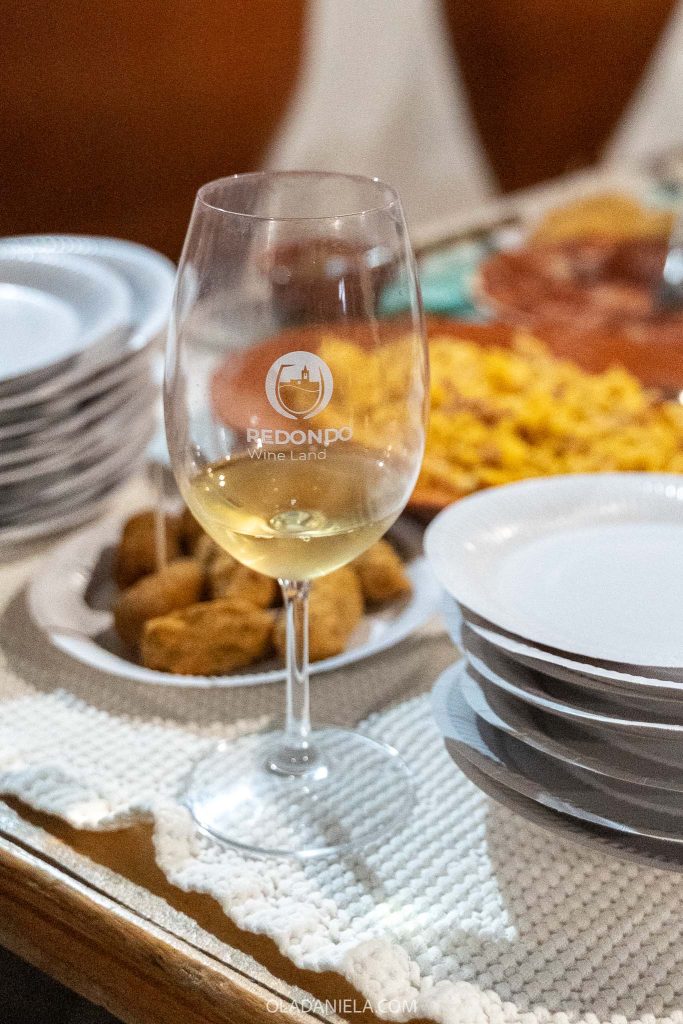
Other things to do in Redondo
Before the tasca rally we explored Redondo’s pottery production, which dates back hundreds and hundreds of years and continues to this day. Redondo once had 40 studios, and now you’ll find six.

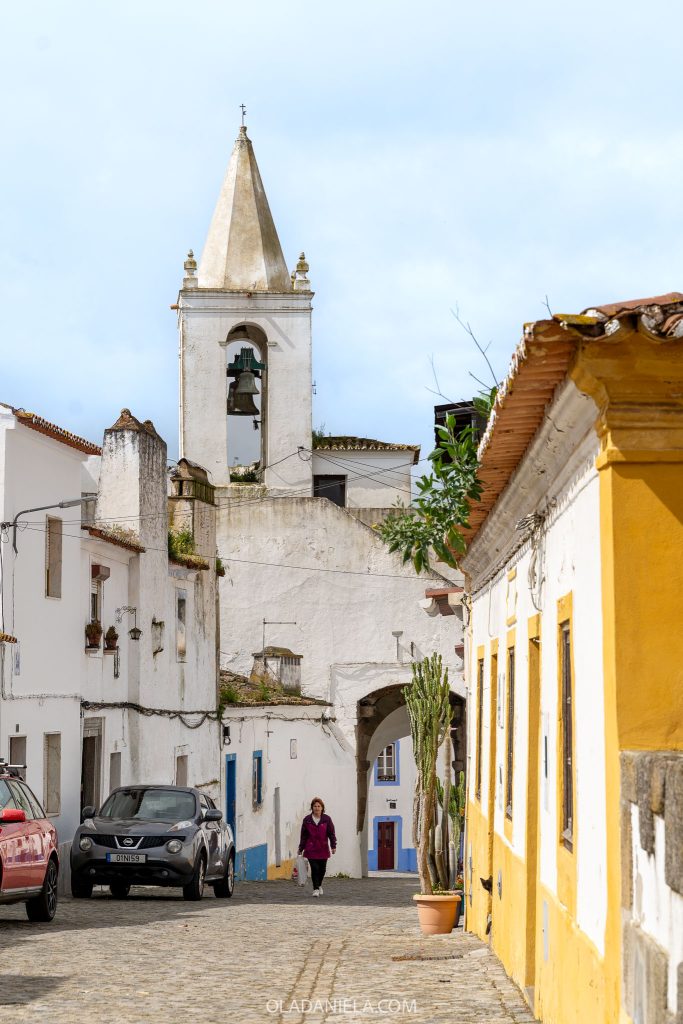
You can learn more about the town’s ceramic evolution at the Museu do Barro. This small pottery museum details production from prehistoric times to today (it’s free and worth a look). After, visit the still-working potters yourself.
There are dozens of wineries around Redondo, you just need to call or email ahead to book a tasting. Nearby you can go hiking in the Serra d’Ossa too.
Next time I want to organise a cork safari experience with Corktrekking, a company that offers off-road Jeep tours, guided hikes and wine tastings at a fifth-generation montado – a cork oak forest.
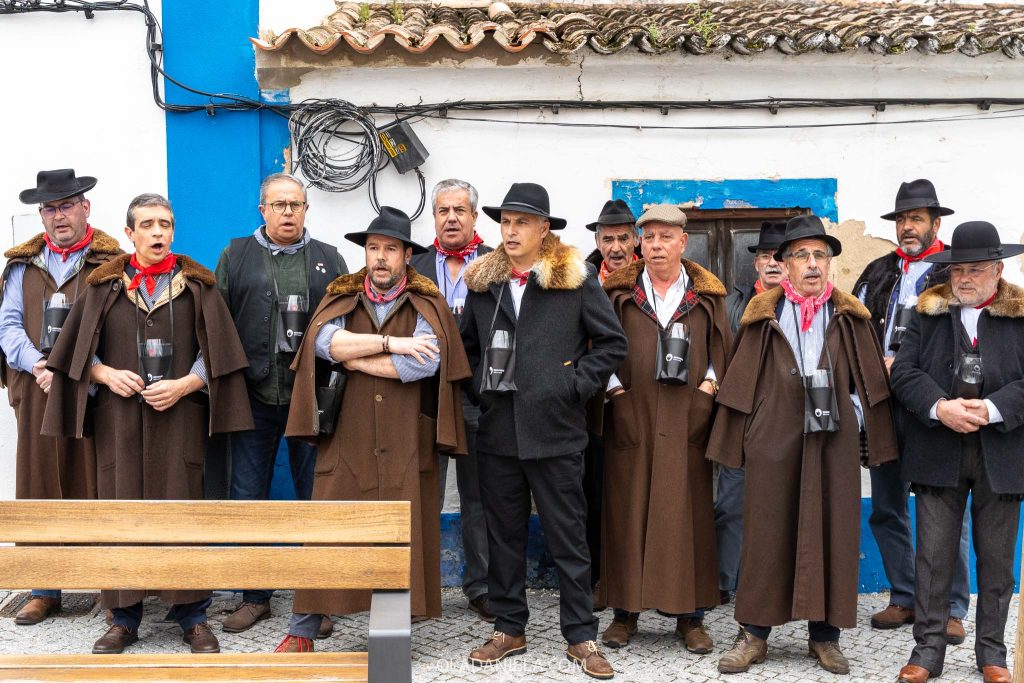
➼ Wish someone could shortcut your Portugal research? ➼ Talk to me – I offer 1:1 video calls to help cut through the noise and plan your perfect Portugal itinerary. Find out more here.
Where to stay in Redondo
Hotel Convento de São Paulo
I recently stayed at this tile-filled historic hotel set in a 12th-century convent, and I cannot recommend it highly enough. The independent Hotel Convento de São Paulo has the largest private collection of tiles in Portugal. Some 54,000 azulejos cover the corridors and staircases, dating back to the first half of the 18th century.
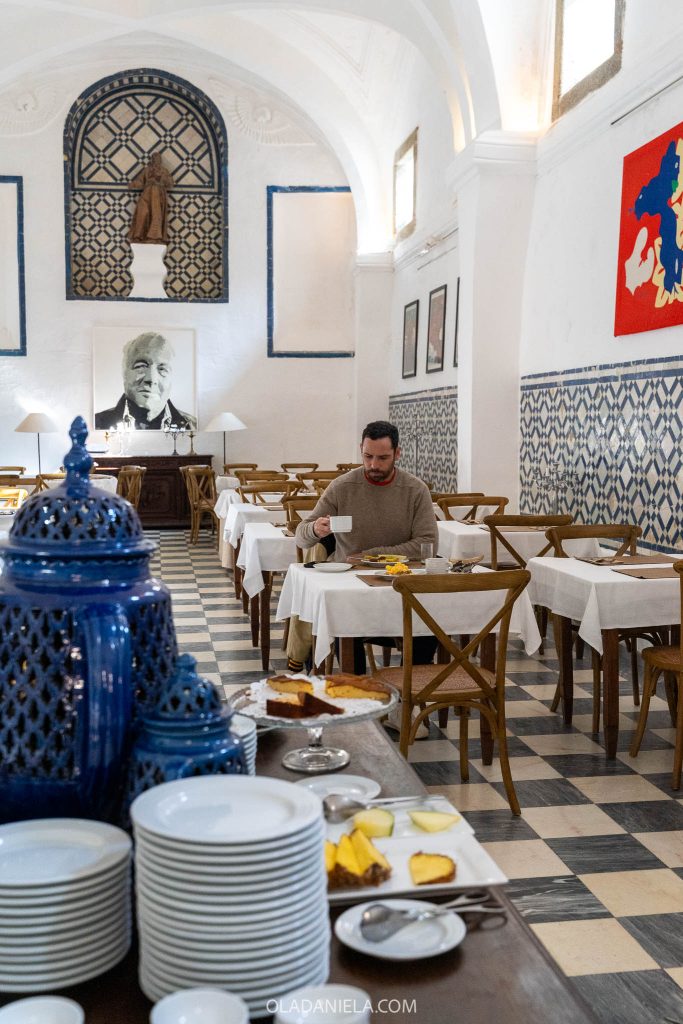
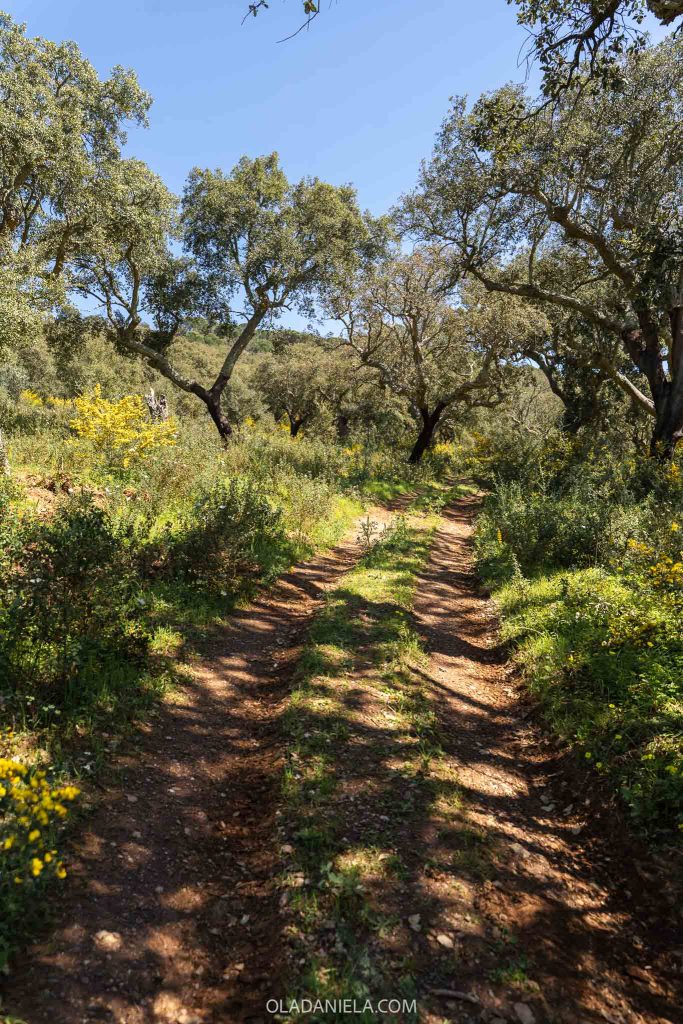
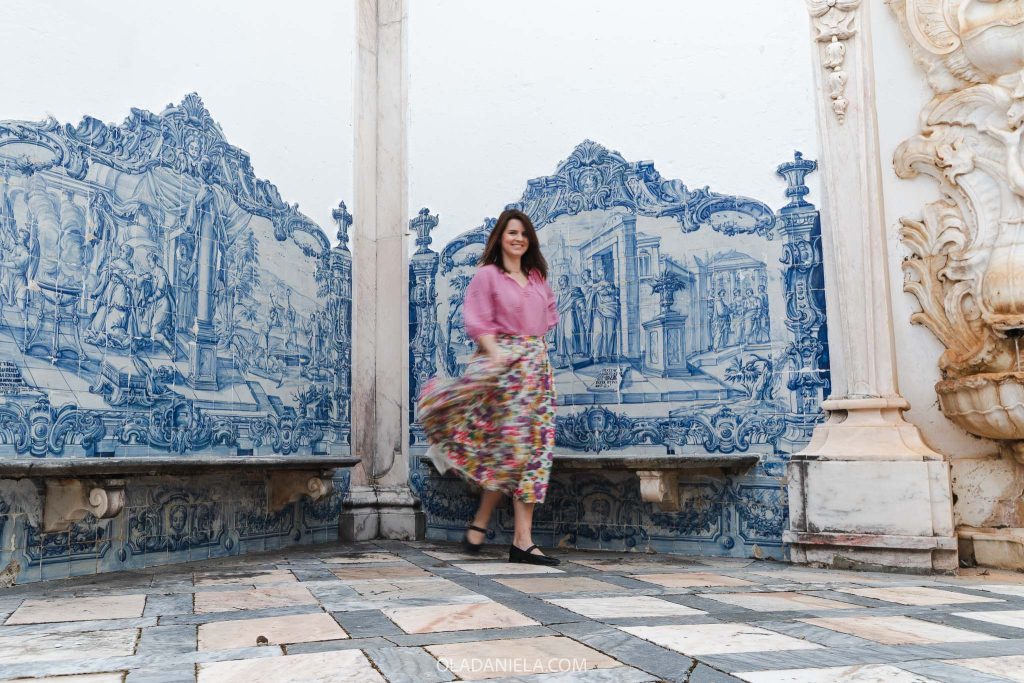
It’s rated 4-star, set within 750 hectares of natural bushland, and has two pools (including one adult-only pool). Basically, enjoy a breakfast buffet in the monk’s refectory, follow a hiking trail across the property, then sit by the pool all afternoon while someone delivers G&Ts to your lounge. There are also four padel courts, a tennis court, bicycles and a restaurant.
It’s a stunning countryside escape in the Alentejo, and just a 10-minute drive from Redondo.
➡️ Check availability for Hotel Convento de São Paulo
Other places to stay in town
- TurisAlentejo – modern one-bedroom apartments with traditional Alentejo furniture
- Rota VMF – contemporary rooms or a two-bed townhouse.
How to get to Redondo
Getting to Redondo is relatively simple if you’re coming from Lisbon or Évora. If you’re travelling by bus, Rede Expressos runs regular services from Lisbon’s Oriente Station. The bus stops in Évora with the journey taking about 2 hours and 10 minutes.
If you prefer to drive, it will take about 1 hour and 45 minutes with tolls.
The Serra d’Ossa wine region, where Redondo lies, has other wine towns. Look up events in Borba, Estremoz, Vila Viçosa and Alandroal!
Keep reading…
- 20 best things to do in Évora, the Alentejo capital
- How to spend 48 hours in Évora
- Where to eat in Évora: The Best Restaurants, Cafés & Sweets
- Portuguese artisans: 10 traditional crafts from the Alentejo
- 22 most beautiful castles in Portugal
- 48 hours in Monsaraz
- Portugal’s pottery village: Why you should visit São Pedro do Corval
- The best things to do in Estremoz
- The average person’s guide to A-list Comporta: Portugal’s luxe beach town

